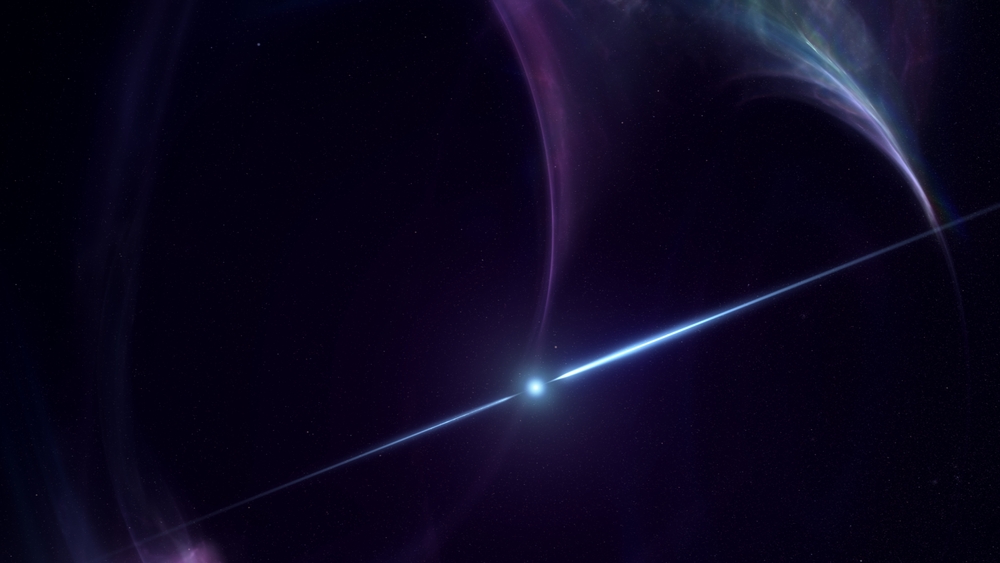Researchers at Hirosaki University have discovered that signals from pulsars suggest that extremely low-frequency gravitational waves are rippled through space.
The signal observed by the international Pulsar Timing Array collaboration in 2023 could come from a stochastic background of gravitational waves or from a single string of nearby supermassive black holes.
In order to distinguish between these, Hideki Asada and Shun Yamamoto of Hirosaki University proposed a method that uses the beat phenomenon between gravitational waves of almost the same frequency to search for traces of pulsar radio pulses in the slight deviation in arrival time.
Explore the secrets of the universe with a space clock
The sky is filled with highly accurate “cosmic clocks.” A pulsar is a neutron star that emits radio pulses at regular intervals.
Radio telescopes on Earth monitor the periodicity of pulsars, not only to study the pulsars themselves, but also to use them as tools to explore the universe.
When something invisible warps space-time along the path from the pulsar to Earth, the regularity of the pulse changes. This anomaly is not random, and similar anomalies appear across pulsars in a given region of the sky, as if in rolling ripples.
“In 2023, several pulsar timing array collaborations (NANOGrav, an American and European team) published strong evidence for nanohertz gravitational waves,” Asada commented.
To explore such scales, we rely on distant, stable pulsars hundreds to thousands of light years away.
First detection of nanohertz gravitational waves
“While the signal was statistically reliable, it was below the 5-sigma threshold typically required by particle physicists,” Asada said.
“While this is strong evidence, it is not yet a confirmed detection, but the cosmology and astrophysics community believes we are close to the first detection of nanohertz gravitational waves.”
One candidate for nanohertz gravitational waves is cosmic inflation. This is thought to have caused space-time fluctuations in the early universe, which later expanded to a cosmic scale. The other is supermassive black hole binaries, which form when galaxies merge.
Overcoming difficulties with pulsar timing
The problem is that it was long thought that the correlation pattern of pulsar data (the way timing residuals from different pulsars are correlated) looked the same in both cases.
“As part of our research, we investigated the conditions under which a pair of nearby supermassive black holes would generate particularly strong signals,” Professor Asada explained.
“If two such systems have very similar frequencies, their waves may interfere and create beat patterns, just as in acoustics. This feature could, in principle, distinguish them from the stochastic background of inflation.”
So the researchers took advantage of a well-known sound effect: the beat. When two waves have approximately the same frequency, their superposition results in periodic strengthening and weakening.
Applied to gravitational waves, two supermassive black hole binaries with similar frequencies imprint a characteristic modulation on the pulsar timing signal. The method involves looking for this modulation in the pulsar correlation pattern. If it is present, it strongly suggests that the signal originates from a specific relatively nearby binary rather than a diffuse background.
Elucidating the origin of gravitational waves
Mr. Asada concluded as follows. “Once confirmed detection at 5 sigma is achieved, perhaps within a few years, the next step will be to ask what is the origin of the waves.
“At that point, our method could help distinguish whether they came from inflation or from nearby supermassive black hole binaries.”
Source link

